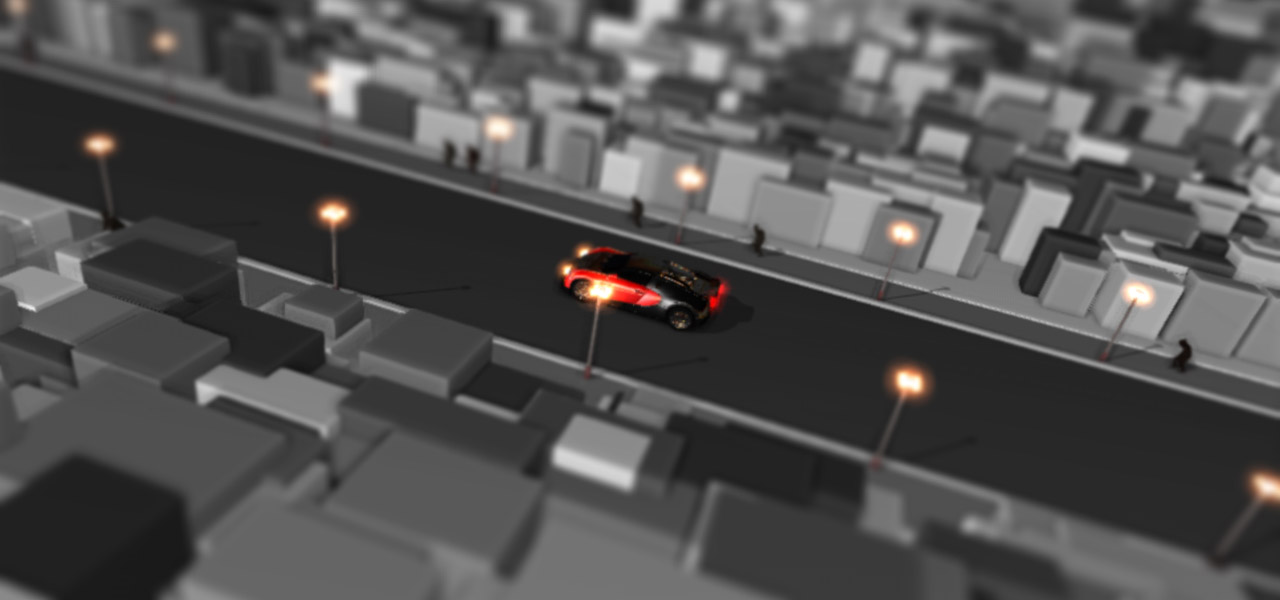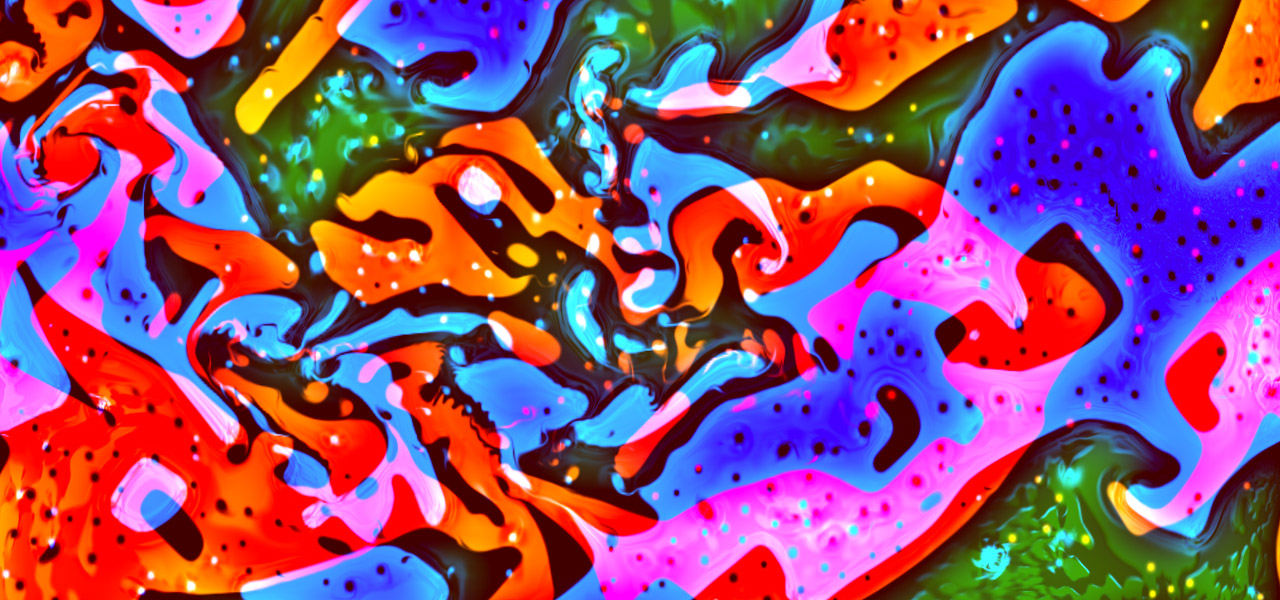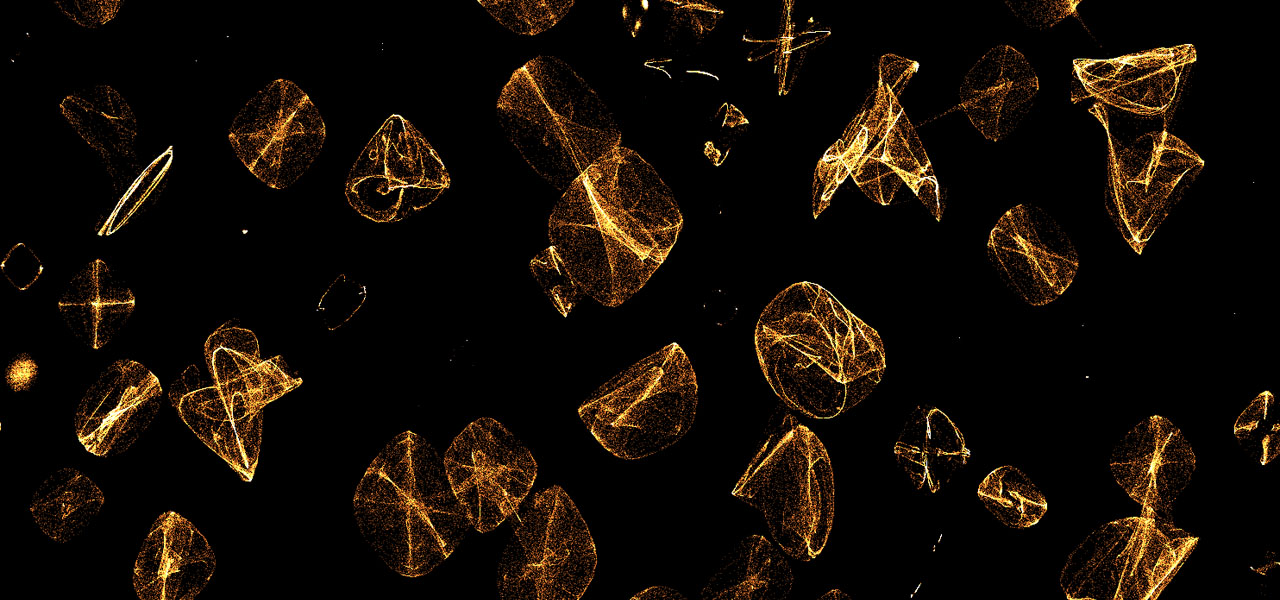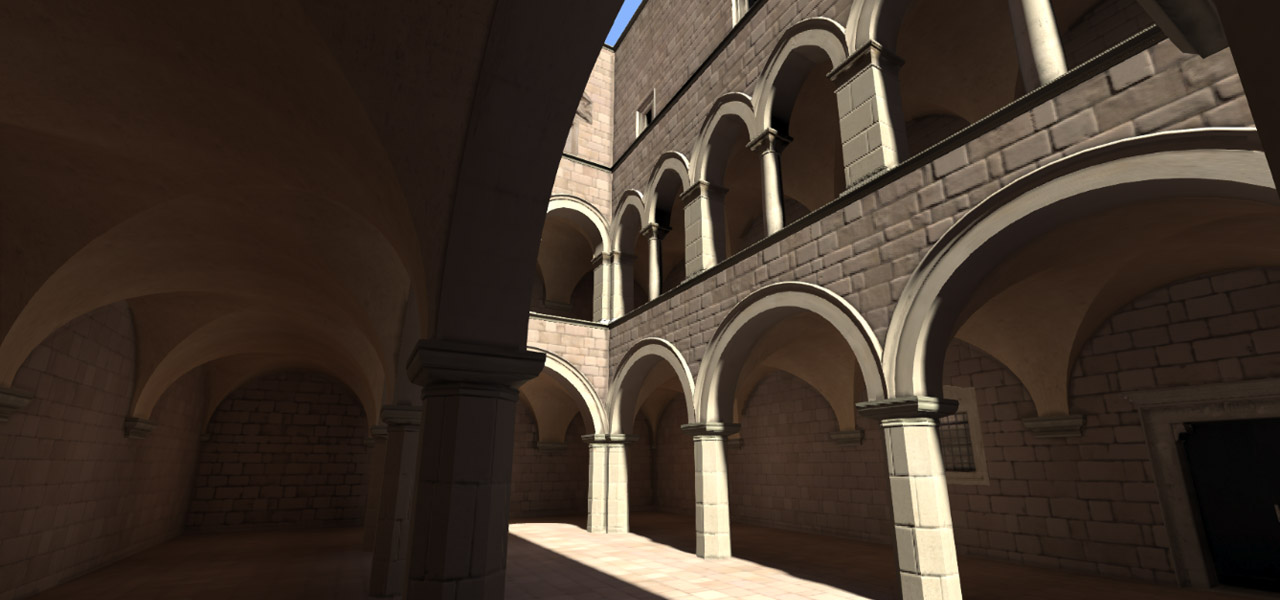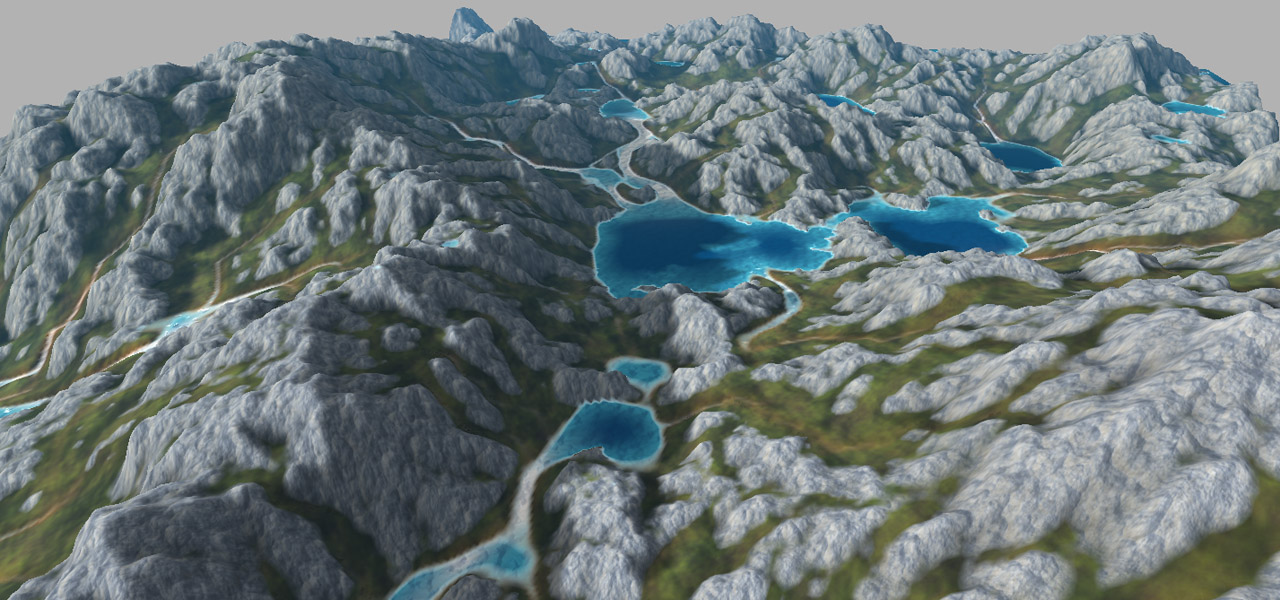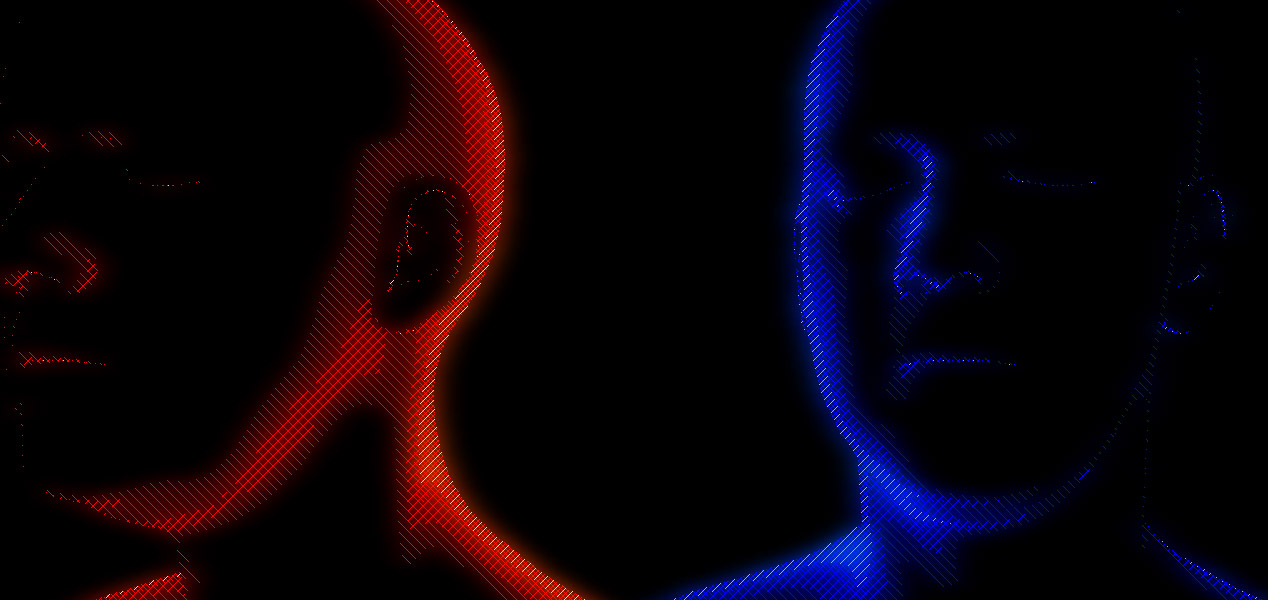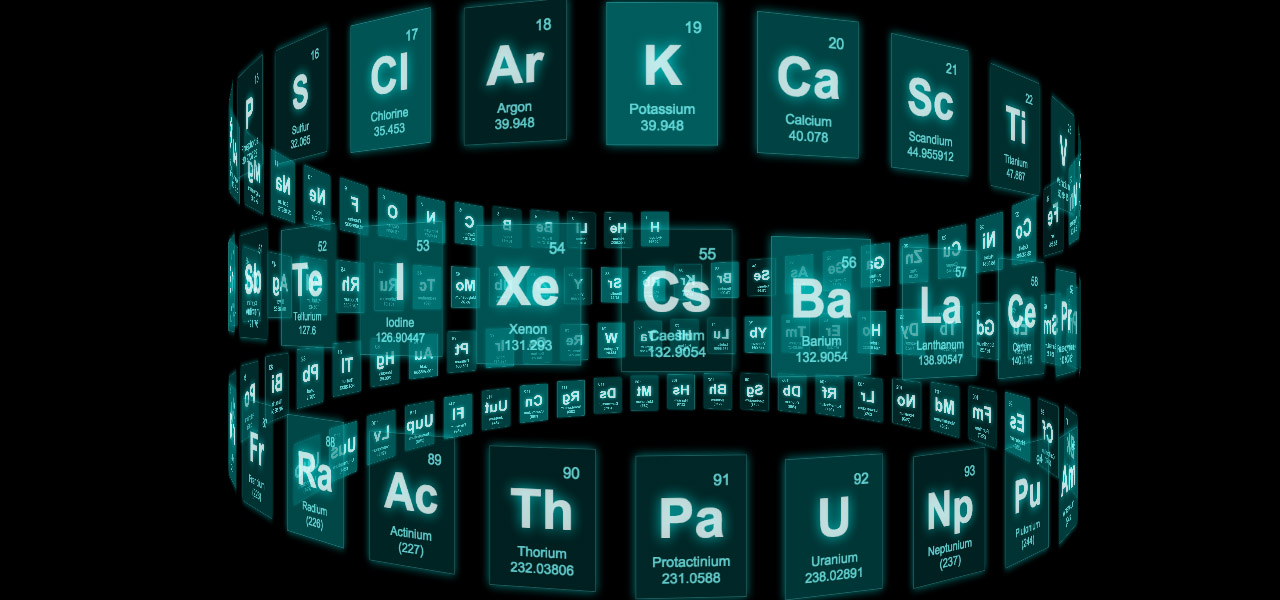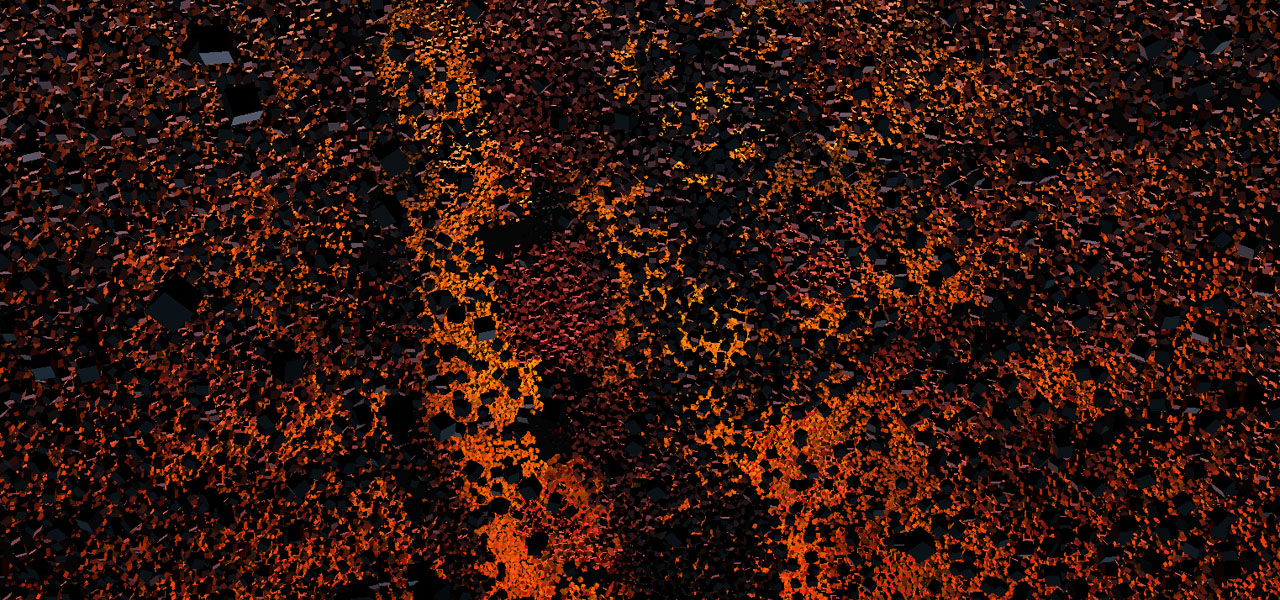
On WebGL
More than pretty pictures
Like a dragon, WebGL slumbers. But you've seen them, right? Those seemingly magical demos that transform your ordinary browser into a lush 3D world with one click?
While available in Chrome and Firefox on the desktop, WebGL is still not widely supported. So far it's mostly used for demo projects and flashy one-off brochures. On the few mobile devices that support it, you need developer access to enable it. It's certainly nowhere near to being ready for prime time. So why should you care?
The Black Sheep
The goal of WebGL is to bring the graphics capabilities of traditional apps and games into the browser, with performance as the main benefit. The graphics hardware does the work directly, leaving the CPU to just coordinate. Yet those developers look on with skepticism: "You mean we have to code in JavaScript?" There's grumbling about the limited capabilities too, which lag a few years behind the latest OpenGL and Direct3D APIs, and there's worries about copyright and modding.
First, we have to be honest: there's no question that native apps and 3D engines will continue to excel, bringing cutting edge graphics and performance. The layers of indirection in both HTML5 and WebGL cannot be circumvented.
But they do serve a purpose: to provide a safe sandbox for untrusted code from the web at large. Even triple-A games still occasionally crash, a result of their complexity, with thread synchronization, memory management and manual context-switching the price to pay. Random phishers shouldn't have that level of access to your system, nor should it be required.
WebGL represents a different way of using high-performance graphics: not as a bare metal API with caveats, but as a safe service to be exposed, to be flicked on or off without a second thought. It may not sound like much, but the security implications are big and will only be solved carefully, over time. It's undoubtedly a big reason behind Apple and Microsoft's reluctance to embrace it.
We should also note that this isn't a one-way cross-over. HTML has already snuck into the real-time graphics scene. First we saw in-game web views and browsers, then UIs such as Steam's overlay. In fact, all of Steam is WebKit. The main benefit is familiarity: designers can use the well-known techniques of the web both inside and outside the game. This mirrors the way Adobe Flash entered the gaming space before, being used to drive menus and overlays in many games.
It's been said that the skills required for front-end web development and game development eventually converge on the same thing. The technologies certainly have.
The Procedural Canvas
The web is the world's only universal procedural medium. Content is downloaded in partially assembled form, and you and your browser decide how it should be displayed. The procedural aspect has always been there, and today's practice of responsive design is just another evolution in procedural page layout. It all started with resizable windows and tables.
But when we decide to put a graphic into a page, we still bake it into a grid of pixels and send that down the pipe. This has worked great as a delivery mechanism, but is starting to show its age, due to high DPI displays and adaptive streaming.
It's also pushed the web further towards consumption: YouTube and Tumblr are obvious results. Both sites have a huge asymmetry between content creator and consumer, encouraging sharing rather than creating.
Real-time graphics level the playing field: once built, both creator and consumer have the same degree of control—at least in theory. All the work necessary to produce the end result is ideally being done 60 times per second. The experience of e.g. playing a game is like a sort of benign DRM, which requires you to access the content in a certain way. All native apps implement such 'DRM' by accident: their formats are binary and often proprietary, the code is compiled. Usually modding is supported in theory—that's what Downloadable Content is, an official mod—but the tools simply aren't included.
The web is different. No matter how obfuscated, all code eventually has to talk to an interface that is both completely open and introspective. You can hook into any aspect of it and watch the data. There isn't a serious web developer around who would argue that this is a bad thing, who hasn't spent time deconstructing a site through a web inspector on a whim.
This is where WebGL gets interesting. It takes the tools normally reserved for well, the hardcore geeks, and makes them much more open and understandable. I can certainly say from experience that coding with an engine like Three.js is an order of magnitude more productive than e.g. Ogre3D in C++. For most of the things I want to do with it, the performance difference is negligible, but there is much less code. Once you get your dev environment going, creating a new 3D scene is as simple as opening a text file. You can interact with your code live through the console for free.
More so, it integrates with the publishing tools we already know. I wonder for example how many hours of dev time the game industry has spent reinventing the wheel for fonts, menus, option screens, etc. To be fair, they often do so with amazing production value. But guess what: you now have CSS 3D, and soon you'll have CSS shaders. You don't need custom in-house tools when your designers can just use Chrome's Inspector and get the exact same result. Content delivery is easy: you have cloud storage, CDNs and memory caches at your disposal.
There is a missing link however: WebGL is a canvas inside the page, isolated from what's outside. But you could imagine APIs to help bring HTML content into a WebGL texture, taking over responsibility for drawing it. After all, most web browsers already use hardware acceleration to compose 2D web pages on screen. The convergence has already started.
The web has a history of transformative changes. CSS gave us real web design, Flash gave us ubiquitous video, Firebug gave us Web Inspectors, jQuery gave us non-painful DOM manipulation, and so on. None of these ideas were new in computing when they debuted, the web merely adapted to fill a need. WebGL is an idea in a similar vein, a base platform for an ecosystem of specialized frameworks on top.
It can help lead to a WolframAlpha-ized LCARS future, where graphics can be interactive and introspective by default. Why shouldn't you be able to click on a news graphic to filter the view, or download the dataset? For sure, this is not something that uniquely requires WebGL, and tools like d3.js are already showing the way with CSS and SVG. As a result, the last mile of interactivity becomes a mere afterthought: everything is live anyway. What WebGL does is raise the limit significantly on what sort of content can be displayed in a browser. It's not until those caps are lifted that we can say with a straight face that web apps can rival native apps.
Still, we shouldn't be aiming to recreate Unreal Engine in HTML / JS / GL, though someone will probably try, and eventually succeed. Rather we should explore what happens when you put a 3D engine inside a web page. Is it web publishing, or demoscene? Does it matter?
A Useful Baseline
In this light, WebGL's often lamented limitation becomes its strength. WebGL is not modelled after 'grown-up' OpenGL, but mirrors OpenGL ES (Embedded Systems). It's a suite of functionality supported by most mobile devices, but eclipsed by even the crummiest integrated laptop graphics from 3 years ago.
This needn't be a worry for two reasons. First, WebGL supports extensions, which add to the functionality and continue to be specced out. A WebGL developer can inspect the capabilities of the system and determine an appropriate strategy to use. Many extensions are widely supported, and even without extensions, all GL code is already subject to the platform's size limits on resources. WebGL is no different from other APIs, it just puts the bar a bit lower than usual.
Second of all, it means WebGL is the only 3D API that has a shot at being universal, from desks to laps to pockets to living rooms, and everything in between. Your game console could be an Android computer, handheld or appliance. Your TV might run Linux or iOS. So might your fridge. WebGL fits with where hardware and software is going, and adapting to various devices is nothing new for the web. I imagine we might see a standardized benchmark library pop up, and developer tools to make e.g. desktop Chrome mimic a cellphone's limited capabilities.
For the Christmas demo above, I included a simple benchmark that pre-selects the demo resolution based on the time needed to generate assets up front. Additionally, it was built on a 4 year old laptop GPU, so it should run well for the majority of viewers on first viewing. The same can't be said for cutting-edge demoscene demos, which often only run smoothly on top of the line hardware. I know I'm usually resigned to watching them on YouTube instead. As neat as tomorrow's tech is, for most people it only matters what they have today.
This is the biggest philosophical difference between WebGL and OpenGL. WebGL aims to be a good enough baseline that you can carry in your pocket as well as put on a big screen, and make accessible with a simple link. I don't expect graphics legends like John Carmack to take anything but a cursory glance at it, but then, it's not encroaching on his territory. It is a bit surprising though that the demoscene hasn't taken to the web more quickly. It has never been about having top of the line hardware, only what you use it for. Contests like JS1K continue to demonstrate JavaScript's expressiveness, but we haven't really seen the bigger guns come out yet.
And it really is good enough. Here's 150,000 cubes, made out of 1.8 million triangles:
Next up is a fractal raytracer. At 30 frames per second, 512x512 pixels, 40 iterations per pixel, each folding 3D space 18 levels deep… that's 5.6 billion folds per second. This intricate visualization is little more than raw number crunching power. That's just the core loop and excludes set up and lighting. It's all driven by a couple kilobytes of JavaScript wrapped in some HTML, delivered over HTTP.
Why wouldn't you want to play with that? Come try WebGL, the water's fine.
Further reading
- Paul Lewis' excellent tutorials on Three.js. He also runs the WebGL podcast.
- The Interactive 3D graphics WebGL course on Udacity by Eric Haines.
- The ShaderToy and GLSL sandboxes.
- The WebGL hashtag on Twitter.
Examples by the amazing AlteredQualia, Felix Woitzel, Florian Bösch, the Ro.me team, Mr.doob, Chrome Workshop, as well as myself. Many of these techniques are documented on Iñigo Quilez's comprehensive site.
Additional demos and comments are welcome on Google Plus.
